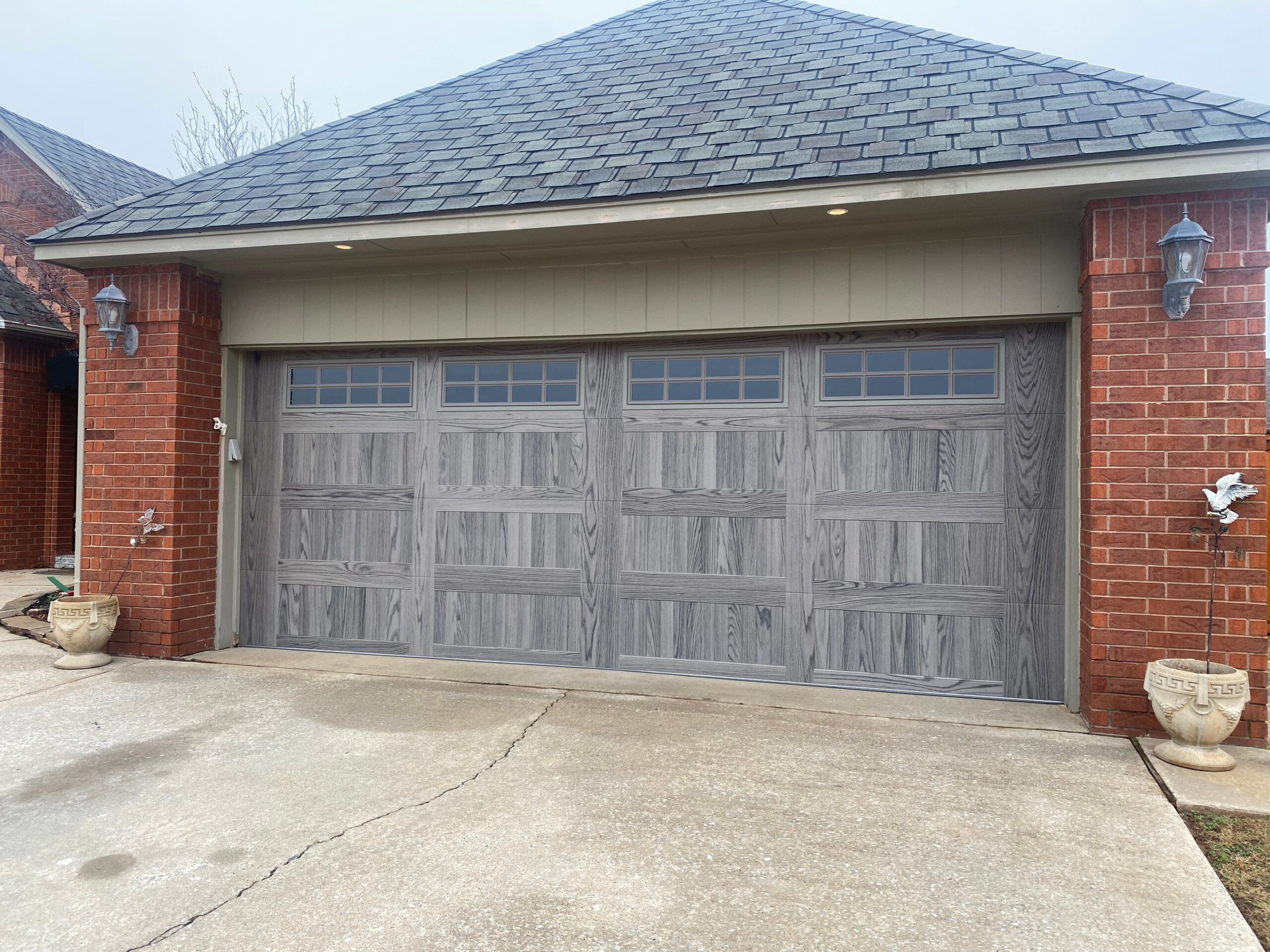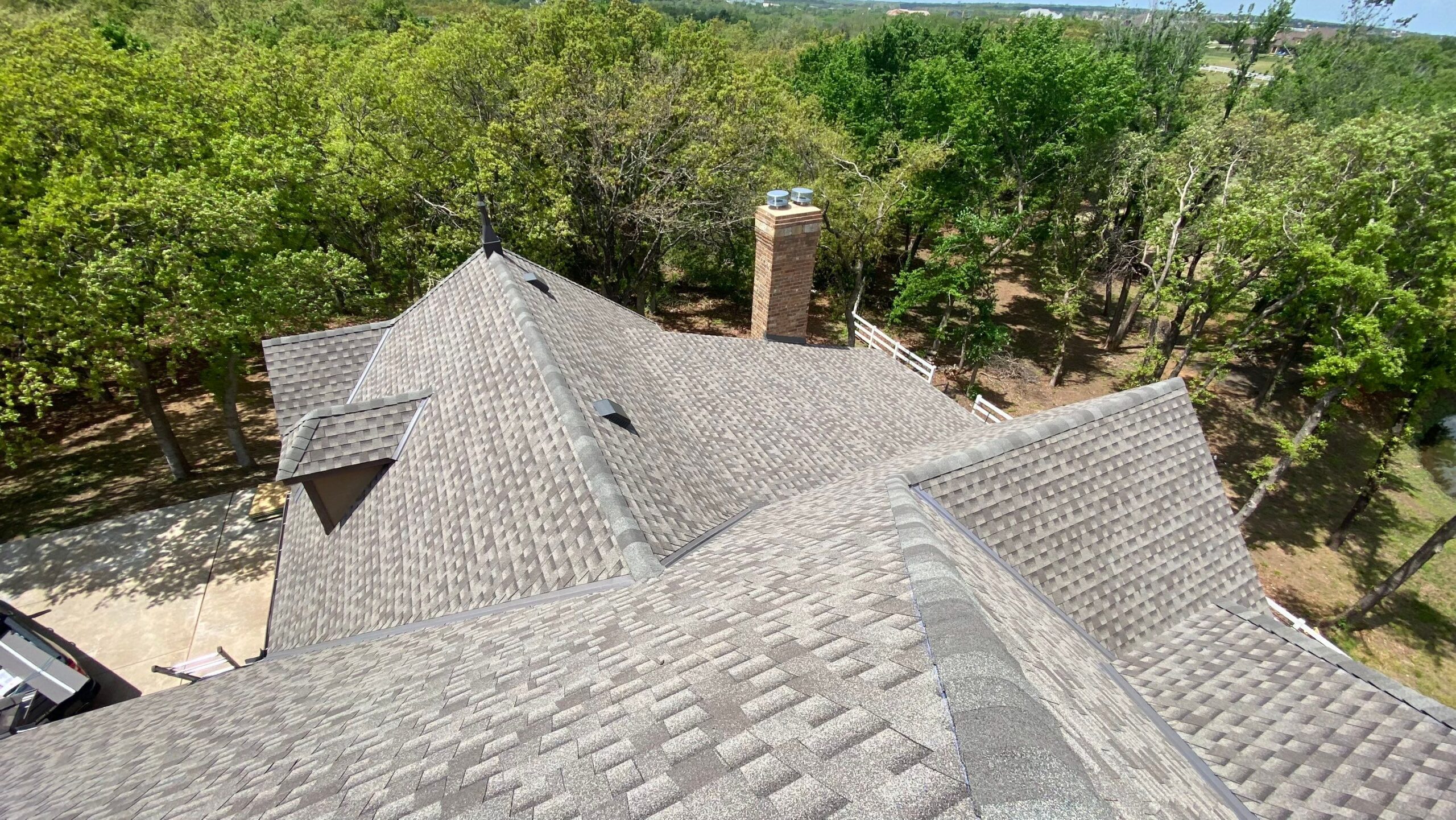
Hailstorms can be incredibly destructive, particularly for homeowners. These powerful storms can wreak havoc on your home’s exterior, causing damage to your roof, windows, and siding. This article will explore the signs of hail damage and how to deal with it effectively.
SIGNS OF HAIL DAMAGE TO ROOFS

Hail damage to roofs can manifest in several ways, and it’s essential to understand what to look for to identify damage early. Some of the most common signs of hail damage to roofs include:
- Dented or Damaged Shingles
One of the most obvious signs of hail damage to a roof is dented or damaged shingles. You may notice that some shingles appear to be missing or broken, or they may have small dents or cracks. - Granules in Gutters
Asphalt shingles often have a layer of granules on their surface, which protects them from UV rays and other environmental factors. When hail hits the shingles, it can dislodge these granules, causing them to collect in your gutters. If you notice excessive granules in your gutters after a hailstorm, it could be a sign of hail damage to your roof. - Cracks in Shingles
Hail can also cause cracks in shingles, which may be visible upon close inspection. These cracks can make your roof vulnerable to leaks, which can cause significant water damage to your home’s interior. - Bruises on Shingles
Another sign of hail damage to your roof is bruising on your shingles. Bruising can be difficult to spot from the ground, but you may notice discolored spots on your shingles when you inspect them closely. - Holes in Shingles
In severe cases, hail can puncture holes in your roof shingles. If you notice holes in your shingles, addressing the damage immediately is essential to prevent water from seeping into your home.
ASSESSING THE SEVERITY OF HAIL DAMAGE
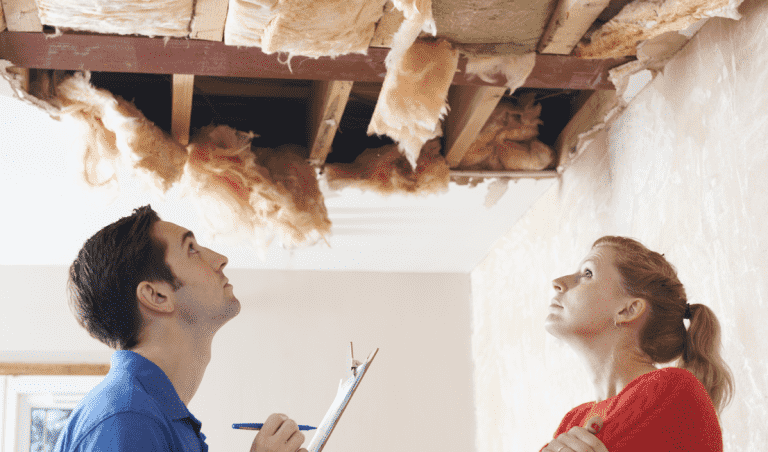
If you suspect your roof has sustained hail damage, it’s crucial to assess the severity of the damage before determining the next steps. Here are some factors to consider when assessing the damage:
- The Size of the Hailstones
The size of the hailstones that hit your roof can significantly impact the damage’s severity. Larger hailstones can cause more significant damage, while smaller hailstones may only cause minor dents or dings. - The Age and Condition of Your Roof
The condition and age of your roof can also affect the severity of hail damage. Older roofs are more susceptible to damage than newer ones, and roofs already in poor condition may be more vulnerable to damage. - The Type of Roofing Material
Different types of roofing materials react differently to hail damage. For example, asphalt shingles are more susceptible to damage than metal or tile roofs.
PREVENTATIVE MEASURES
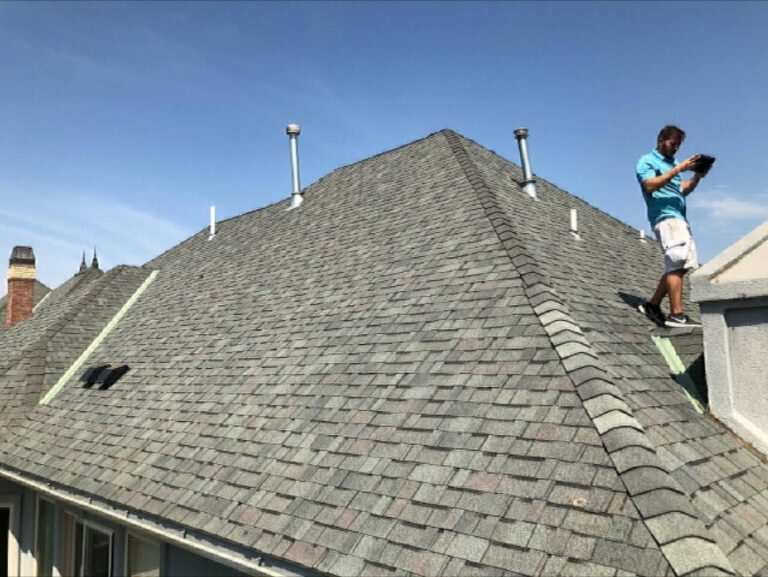
While it’s impossible to protect your roof from hail damage completely, there are several preventative measures to minimize the risk of damage. Here are some tips to consider:
- Trim Overhanging Branches
Overhanging tree branches can make your roof more susceptible to hail damage. If you have trees near your home, trim any overhanging branches to reduce the risk of damage. - Invest in Impact-Resistant Roofing
If you stay in an area prone to hailstorms, consider investing in impact-resistant roofing materials. These materials are designed to withstand hail and other types of severe weather, reducing the risk of damage to your roof. - Install Protective Screens
Protective screens can be installed over skylights and other roof areas to prevent hail from causing damage. - Regular Maintenance
Regular maintenance ensures that your roof is in good condition and less susceptible to damage. Schedule regular inspections with a professional roofing contractor to identify potential issues before they become more severe.
DEALING WITH HAIL DAMAGE
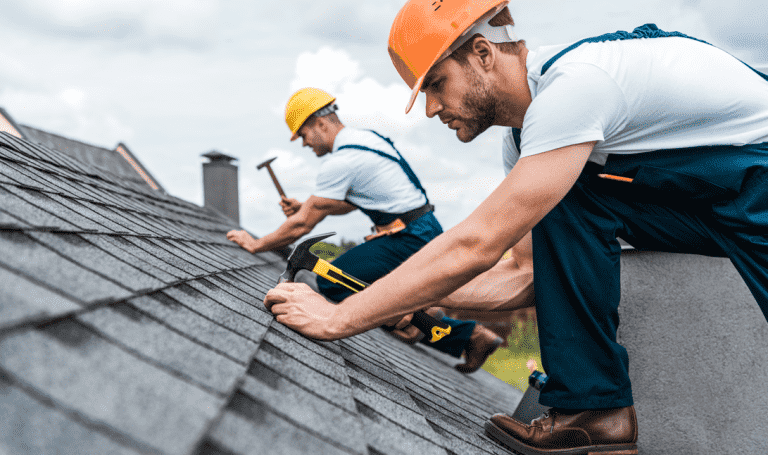
If your roof has sustained hail damage, it’s essential to address the damage promptly to prevent further issues. Here are the steps to take after a hailstorm:
- Inspect Your Roof
After a hailstorm, take the time to inspect your roof for damage. Look for signs of dents, cracks, or missing shingles, and take note of any areas that appear particularly vulnerable. - Document the Damage
Take pictures of any damage to your roof to document the extent of the damage. This information can be useful when filing an insurance claim. - Call a Professional
If you suspect that your roof has sustained significant damage, it’s essential to call a professional roofing contractor. A professional can assess the damage and provide recommendations for repair or replacement. - Consider Insurance Coverage
Your homeowner’s insurance policy may cover hail damage. Contact your insurance provider to clarify what coverage you have and how to file a claim.
REPAIR OPTIONS FOR HAIL-DAMAGED ROOFS
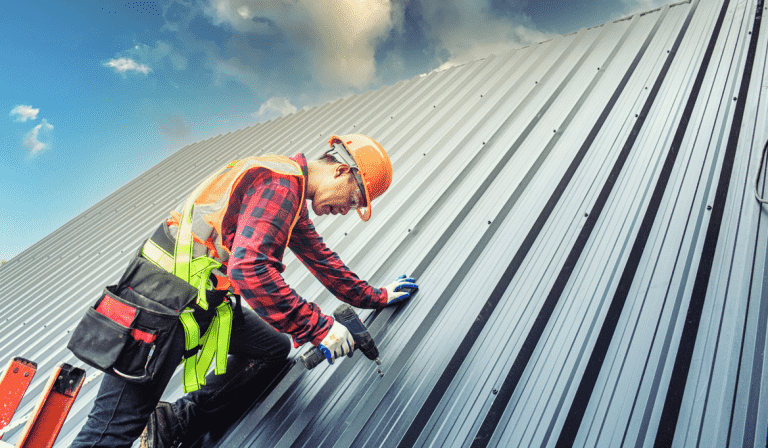
If your roof has sustained hail damage, you may have several repair options. Here are the most common options:
- Roof Replacement
If the damage to your roof is severe, you may need to replace your roof entirely. This is typically the most expensive option, but ensuring that your home is adequately protected may be necessary. - Roof Repair
In some cases, hail damage may be limited to specific areas of your roof. In these cases, a professional roofing contractor can repair the damage without the need for a full roof replacement. - DIY Repairs
If the damage to your roofing is minor, you can make repairs yourself. However, it’s essential to approach these repairs with caution, as improper repairs can cause more harm than good.
INSURANCE CLAIMS AND HAIL DAMAGE
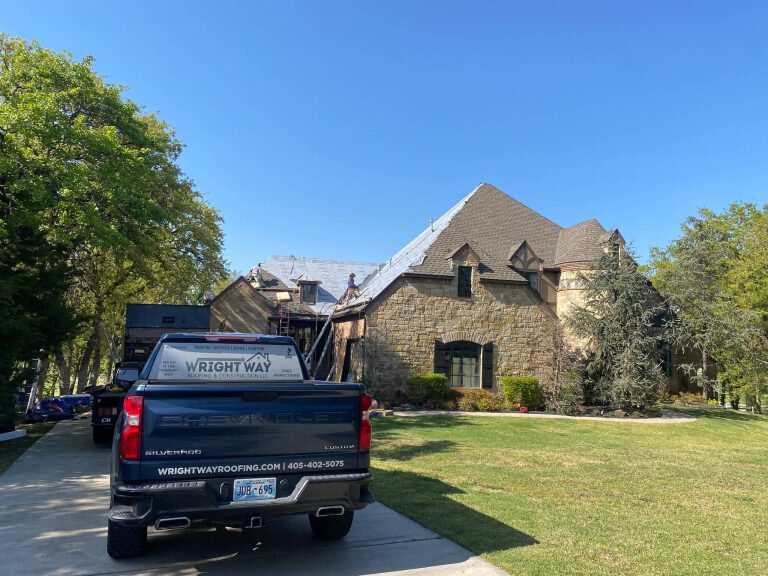
If your roof has sustained hail damage, you may file an insurance claim to cover the cost of repairs or replacement. Here are some tips for navigating the insurance claims process:
- Contact Your Insurance Provider
Contact your insurance provider after the hailstorm to report the damage as soon as possible. Your insurance provider will guide how to proceed with the claims process. - Document the Damage
Take pictures of any damage to your roof and provide copies of these photos to your insurance provider. This documentation can help support your claim. - Work with Your Contractor
Your insurance provider may require you to work with a specific roofing contractor for repairs. Make sure to choose a reputable contractor with experience in hail damage repairs.
Hail damage to your roof can be a frustrating and stressful experience for homeowners. However, with the proper knowledge and preparation, you can minimize the risk of damage and take steps to address any damage that does occur.
Remember to take preventative measures, assess the severity of the damage, and work with professionals to make any necessary repairs or replacements. By taking these steps, you can ensure that your roof remains in good condition and that your home is protected from severe weather events.
FREQUENTLY ASKED QUESTIONS
What is hail storm damage, and how does it happen?
Hail damage is damage caused to a roof or other property by hailstones, which are solid pellets of frozen rain that fall from the sky during a hailstorm. Hail damage can occur when the hailstones impact the roof at a high velocity, causing dents, cracks, or even holes in the roofing material.
How can I know if my roof has sustained hail damage?
There are several signs of hail damage that you can look for, including dented or cracked shingles, missing shingles, and dents or cracks on metal flashing or gutters. If you’re not comfortable inspecting your roof yourself, hire a professional to do the inspection for you.
Can hail damage be prevented?
While it’s not possible to completely prevent hail damage, there are some preventative measures you can take, such as installing impact-resistant roofing materials, trimming overhanging tree limbs, and cleaning gutters regularly to prevent blockages that can cause water damage.
Should I repair hail damage myself or hire a professional?
The severity of the hail damage and your skill level will determine whether a DIY repair is feasible. If the damage is extensive or you’re uncomfortable working on a roof, it’s best to hire a professional roofing contractor to ensure the repairs are done correctly.
Will my insurance cover hail damage to my roof?
Depending on your insurance policy, hail damage to your roof may be covered. Review your policy carefully to understand what’s covered and what’s not, and be sure to document any damage before filing a claim.
How long should it take to repair hail damage to a roof?
The time it takes to repair hail damage to a roof will depend on the severity of the damage and the availability of roofing contractors in your area. It’s essential to address the damage as soon as possible to prevent water from seeping into your home and causing additional damage.
PROTECT YOUR ROOF FROM HAIL DAMAGE TODAY
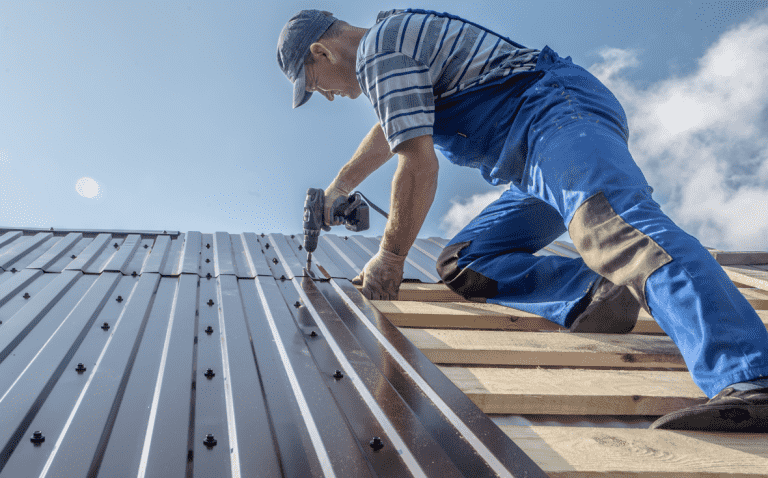
Hail damage can be a serious threat to the integrity of your roof, but taking the right steps can help minimize the risk of extensive damage. If you need professional roofing services, look no further than Wrightway Roofing. Our team of experts offers a wide range of services in Oklahoma City, OK, Norman, OK, Moore, OK, Yukon, OK, Mustang, OK and the surroundings, including roof repairs, replacements, and installations. We also offer the following services:
- Roof inspections
- Emergency roof repairs
- Roofing Services
- Remodeling Services
- Gutter Services
No matter what your roofing needs may be, our experienced professionals are here to help. Contact us and schedule a consultation today.


